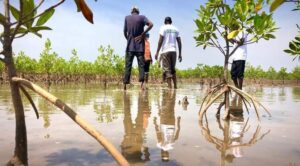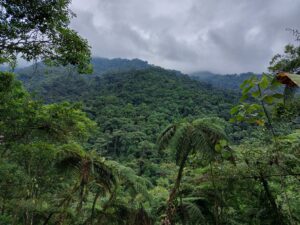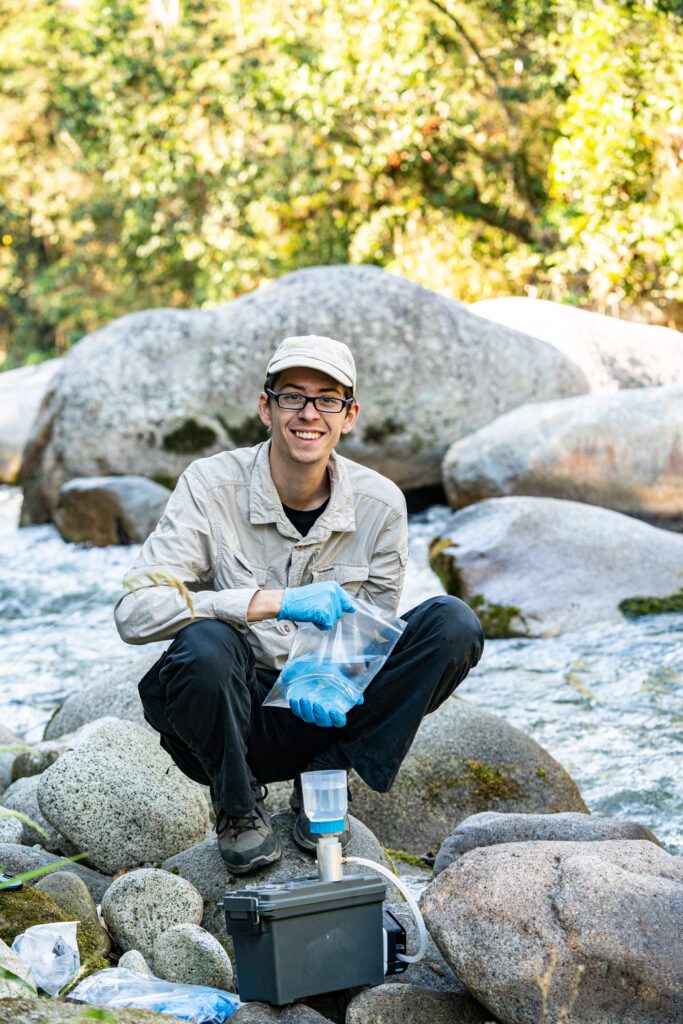Harlequin toads: the poster child of the amphibian crisis
Our planet is home to almost 9,000 amphibian species. In the past century, these animals have suffered dramatically due to the consequences of deforestation, agriculture, wetland drainage, agrochemicals, and other pollutants. According to the recently updated Red List released by the International Union for the Conservation of Nature (IUCN), over 40% of all amphibian species are threatened with extinction. New threats include climate change and emerging infectious diseases. Amphibian chytrid fungi, in particular, play a key role in causing severe skin infections in amphibians. These fungi have spread worldwide due to human activities and are currently triggering chytridiomycosis, a disease that is a leading cause of the decline of many amphibian species and, in some cases, even their extinction.
The distribution of threats and vulnerabilities across amphibian species is not evenly distributed, with some species being more susceptible. These species represent the ‘worst-case scenarios’ within their category, reflecting a broader crisis in biodiversity.
Founded to help ensure the survival of species and the health and integrity of our planet’s ecosystems, Habitats is a non-profit on a mission to launch and fund ambitious biodiversity projects by partnering with local organizations, communities, and experienced researchers. Like Stefan Lötters and Amadeus Plewnia, two of our founders, who recently collaborated as lead authors with 98 colleagues on a comprehensive study published in Communications Earth and Environment.
The study provides a thorough assessment of harlequin toads (genus Atelopus). These colorful toads have become the poster child of the amphibian crisis, as they are facing serious population decline, with many species feared to be on the brink of extinction.
Here you can find some of the study’s more relevant highlights:
The bad news:
- All Atelopus species remain threatened, and their conservation status has not improved.
- Loss of habitat and infectious diseases are the main drivers of their decline.
- Climate change will make even more habitats unsuitable for these highly sensitive species.
The good news:
- More than 30 Atelopus species that were, in part, feared to have gone extinct are still there!
- Conservation efforts are making a difference, protecting many of the last known populations from disappearing forever.
- The involvement of local communities and collaborative networks, such as the Atelopus Survival Initiative, is key to carrying out and leading day-to-day protection measures, monitoring, and research on these amphibians.
Read the full article here: https://www.nature.com/articles/s43247-023-01069-w
Now, more than ever, it is critical to intensify efforts aimed at overcoming the ongoing emergency posed by the amphibian crisis. Habitats is fervently supporting local partners in conserving these emblematic animals, along with many others. But we can’t do it alone. We need your support to make this vision a reality. Donate now.






